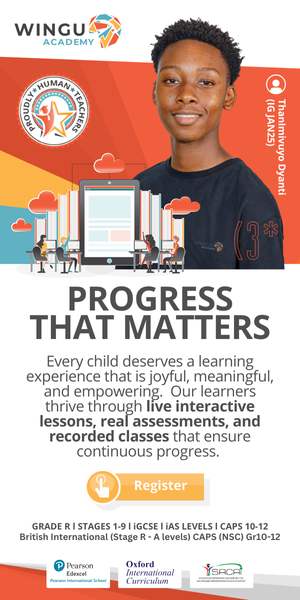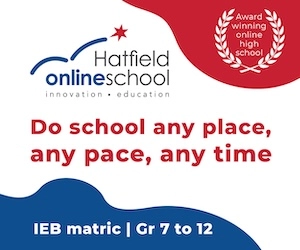
Setting boundaries – how to draw the line before it gets blurred
First, we need to look at why we need to set boundaries? Boundaries are the rules you set, about how others are allowed to treat you. The purpose of setting a healthy boundary is to protect and take good care of you, as well as, the relationship with others. Whether it be in relationships, at work, at home or at school, they are crucially important to your personal well-being, as well as that of others. Why then, are we afraid of setting boundaries if they are there to protect us? Everyone is different Something that affects you might not be a big deal to someone else. This could make you feel like your boundaries are wrong. Fear of Rejection You might feel afraid to enforce your boundaries because it might upset someone else Effort Enforcing boundaries can feel like a lot of work, so you might be tempted to ignore issues in the hopes that they will go away on their own. It is thus unfortunately easy for lines to get blurred. These adapted guidelines from psychcentral.com may help you in the process of setting healthy boundaries: Enjoy some self-reflection To successfully introduce and set boundaries, it’s key to understand why they’re each important to you and how they will benefit your emotional well-being. Sometimes stuff happens to people that makes them feel uncomfortable, but they’re not sure why. The first step in having healthy boundaries in any situation is spending the time to explore what’s happening to you and why you feel uncomfortable. Start small If you don’t have many boundaries in place already, the prospect of introducing more might seem overwhelming — so build them up slowly. Doing so allows you to take things at a more comfortable pace, and it provides time to reflect on whether it’s heading in the right direction or if you need to make some tweaks. Set them early It can sometimes be hard to start putting boundaries in, especially in pre-existing relationships. Rather set them straight away. By setting boundaries and expectations from the very beginning, everyone knows where they stand, and feelings of hurt, confusion, and frustration can be lessened. Be consistent Letting boundaries slide can lead to confusion and encourage new expectations and demands among those around you. Try keeping things consistent and steady. This helps to reinforce your original thresholds and beliefs, and it ensures those lines remain clearly established. Create a framework Boundaries may vary, depending on the type of relationship. However, if you find it helpful, there’s no reason not to have a few basics in place that can be adapted accordingly. Feel free to add extras In some aspects of our lives, there may already be boundaries in place, but consider these the minimum. Setting boundaries in certain aspects of your life, may lead to more productivity and feeling empowered. Be aware of social media These platforms allow for more communication than ever, but they’ve also encouraged some considerable boundary blurring. Oversharing can become a concern, especially on public platforms where family and friends may post personal information or photos that we don’t want shared publicly. If you deem a particular action as boundary-crossing in real life, your concerns are no less valid when it occurs digitally. Talk, talk, talk Communication is critical in the world of boundaries, especially if someone consistently oversteps yours. While you might need to raise your concerns, these discussions need not be confrontational. By approaching the situation relevant to the circumstances in context, it may prevent confrontation, resentment or awkward situations before it becomes a concern. Be your biggest champion For boundaries to have a strong foundation, you need to show yourself a bit of love. A lot of it comes down to self-worth and self-value. If this is lacking, you may find it difficult to set and enforce boundaries to protect yourself. Changing your internal dialogue will make you feel more deserving. Gain some perspective Not having boundaries can be detrimental to our mental health, but going too far and over-thinking them can also impact our emotional well-being. It’s good to have boundaries, but don’t be dictated by them. Sometimes you’ve just got to go with your gut instinct. We can forget that we’re actually quite good at navigating most things and are quite intuitive as human beings. Also, flexibility is not always a bad thing, as long as it justifies a positive outcome. Recognizing the boundaries of others In addition to setting your own boundaries, it’s important to appreciate those of others, too — even if they’re different from your own. Repeatedly violating boundaries can breed resentment and contempt, and cause people to withdraw. So, take a moment to consider what may be important to the other person. On a final note Don’t feel guilty about setting boundaries. They’re essentially a form of self-care, and we actively look to incorporate other elements of this into our lives daily — from eating a balanced diet to exercising. This should not be different! At Wingu Academy we have a dedicated Wellness Hub to assist in both academic and mental well-being. The Wellness Hub offers a range of free resources to parents, learners, as well as staff members to support personal growth and well-being. Read more about setting boundaries at: https://psychcentral.com/lib/10-way-to-build-and-preserve-better-boundaries#recap









































